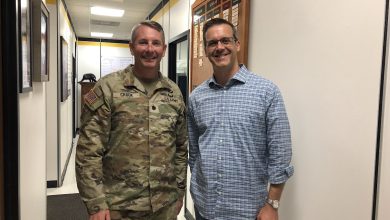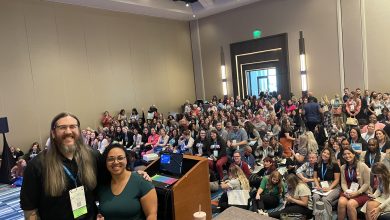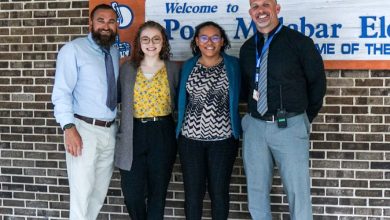Spacing and Pacing
Research by Kornell, Nate & Bjork, Robert (2008). Learning concepts and categories. Psychological Science, 19 (6), 585–592 https://doi.org/10.1111/j.1467-9280.2008.02127.x
Written by Robin N. Fatovic ’20 M.S.
How can we enhance the process of learning new information?
UCLA researchers wondered if the way people learn changes how much they can learn. Using college students, they compared the process of spacing, or learning small amounts over time, to massing, or learning a lot of details at once. The students studied unfamiliar paintings by different artists, with a specific artist’s paintings either shown all at once or sporadically over time in between paintings by other artists. Researchers then asked the participants to identify which artist, if any, painted the pictures.
Results? Participants believed that massing or studying the details in consecutive pictures by the same artist, helped them learn better. However, they actually identified more correct artists when they learned by spacing the pictures.
Learning a little bit of information over time can be more effective than cramming a lot of information in at once. Although you might focus on more details when you have all the information in front of you, the brain can better remember information long-term when you review some of the information at different points over time. When in doubt, don’t cram!





